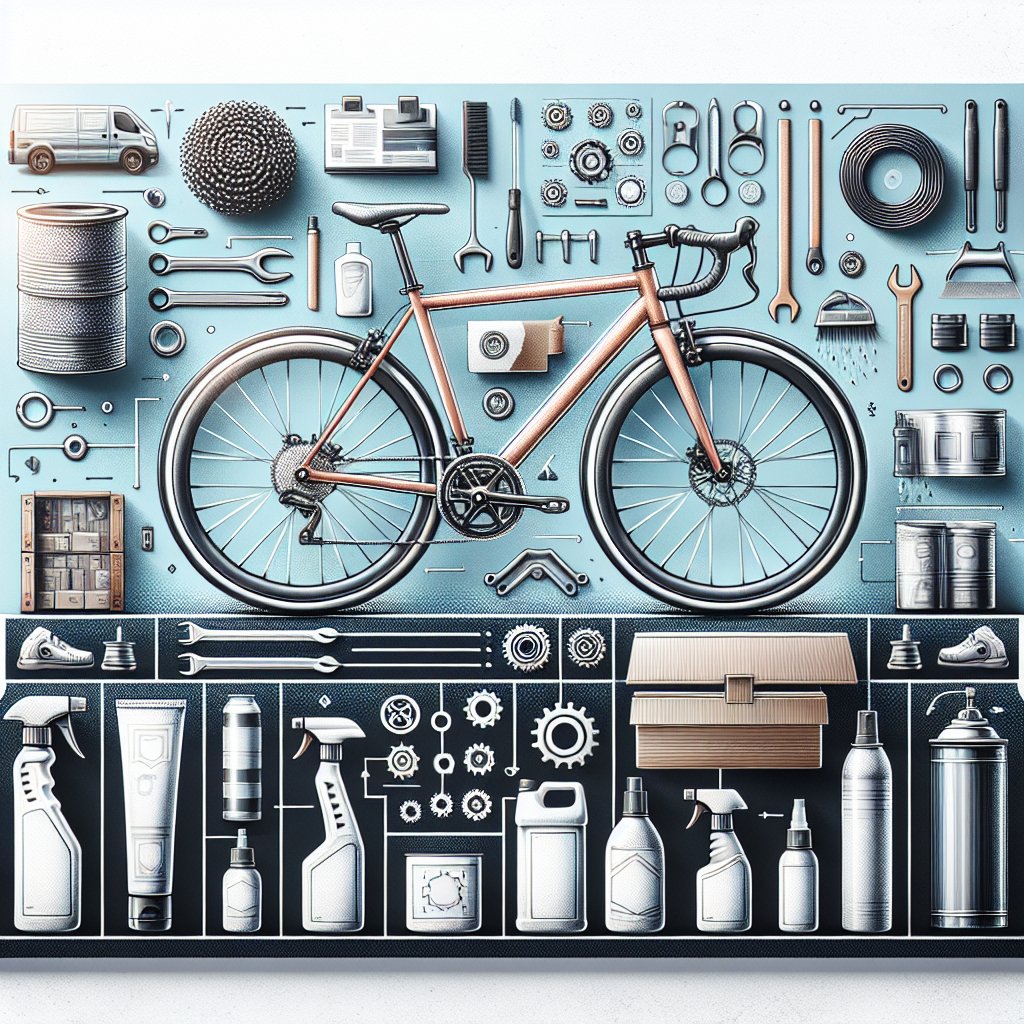Keeping your bike rust-free is essential for ensuring its longevity and performance. Whether you’re storing your bike for the winter or just want to keep it in top condition, there are several steps you can take to prevent rust and other forms of corrosion. This article will guide you through the best practices for long-term bike storage, from cleaning and lubrication to choosing the right storage environment.
Cleaning Your Bike
Before storing your bike, it’s crucial to give it a thorough cleaning. Dirt, grime, and moisture can all contribute to rust formation, so removing these contaminants is the first step in rust prevention.
Washing the Frame
Start by washing the frame with a gentle soap and water solution. Use a soft brush or sponge to scrub away any dirt and grime. Pay special attention to areas where dirt tends to accumulate, such as the bottom bracket, chainstays, and fork. Rinse the bike thoroughly with clean water to remove any soap residue.
Cleaning the Drivetrain
The drivetrain, which includes the chain, cassette, and derailleurs, is particularly susceptible to rust. Use a degreaser to clean these components, applying it generously and allowing it to sit for a few minutes. Use a brush to scrub away any built-up grease and grime, then rinse with water. After cleaning, dry the drivetrain thoroughly with a clean cloth.
Lubrication and Protection
Once your bike is clean, the next step is to apply lubrication and protective coatings to prevent rust. Proper lubrication not only protects against rust but also ensures smooth operation of moving parts.
Lubricating the Chain
Apply a high-quality bike chain lubricant to the chain, making sure to cover each link thoroughly. Wipe off any excess lubricant with a clean cloth to prevent dirt from sticking to the chain. Regular lubrication is essential for preventing rust and maintaining the performance of your bike.
Protecting the Frame
To protect the frame from rust, consider applying a protective coating. There are several products available, such as frame protectants and waxes, that create a barrier against moisture and contaminants. Apply the protectant according to the manufacturer’s instructions, ensuring even coverage over the entire frame.
Choosing the Right Storage Environment
The environment in which you store your bike plays a significant role in preventing rust. Ideally, you should store your bike in a dry, temperature-controlled space. Here are some tips for choosing the best storage environment:
Indoor Storage
Storing your bike indoors is the best way to protect it from the elements. A garage, basement, or dedicated bike room are all excellent options. Make sure the storage area is dry and well-ventilated to prevent moisture buildup. If possible, use a dehumidifier to control humidity levels.
Outdoor Storage
If indoor storage is not an option, you can still protect your bike from rust by taking a few extra precautions. Use a high-quality bike cover to shield your bike from rain and snow. Make sure the cover is breathable to prevent moisture buildup underneath. Additionally, consider using a bike storage shed or a weatherproof storage box for added protection.
Regular Maintenance Checks
Even when your bike is in storage, it’s important to perform regular maintenance checks to ensure it remains in good condition. Here are some key areas to inspect:
Inspecting for Rust
Periodically check your bike for any signs of rust, especially on the frame, drivetrain, and other metal components. If you notice any rust spots, address them immediately by cleaning and applying a rust inhibitor.
Checking Tire Pressure
Over time, tires can lose air pressure, even when the bike is not in use. Check the tire pressure regularly and inflate the tires to the recommended pressure to prevent flat spots and damage to the tire casing.
Conclusion
By following these tips, you can keep your bike rust-free and in excellent condition, even during long-term storage. Regular cleaning, proper lubrication, and choosing the right storage environment are all essential steps in rust prevention. With a little effort and attention to detail, you can ensure that your bike remains ready to ride whenever you are.



